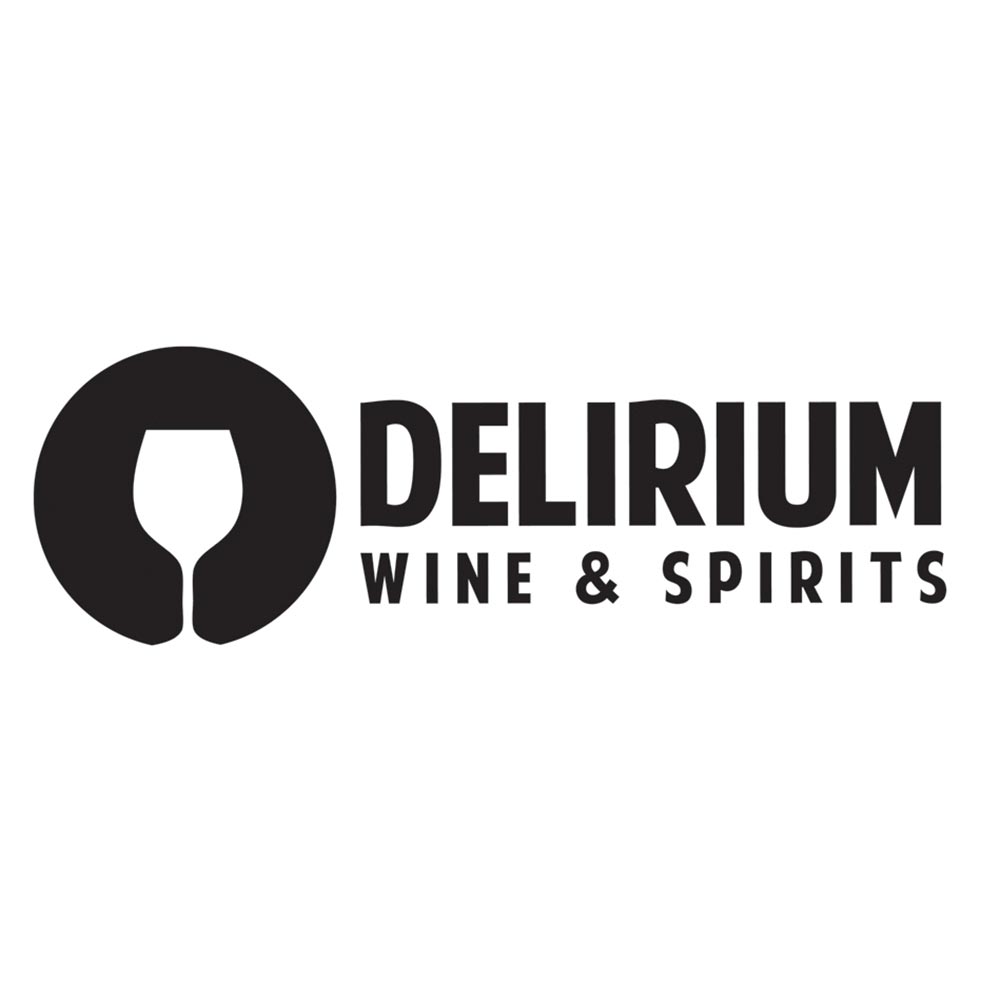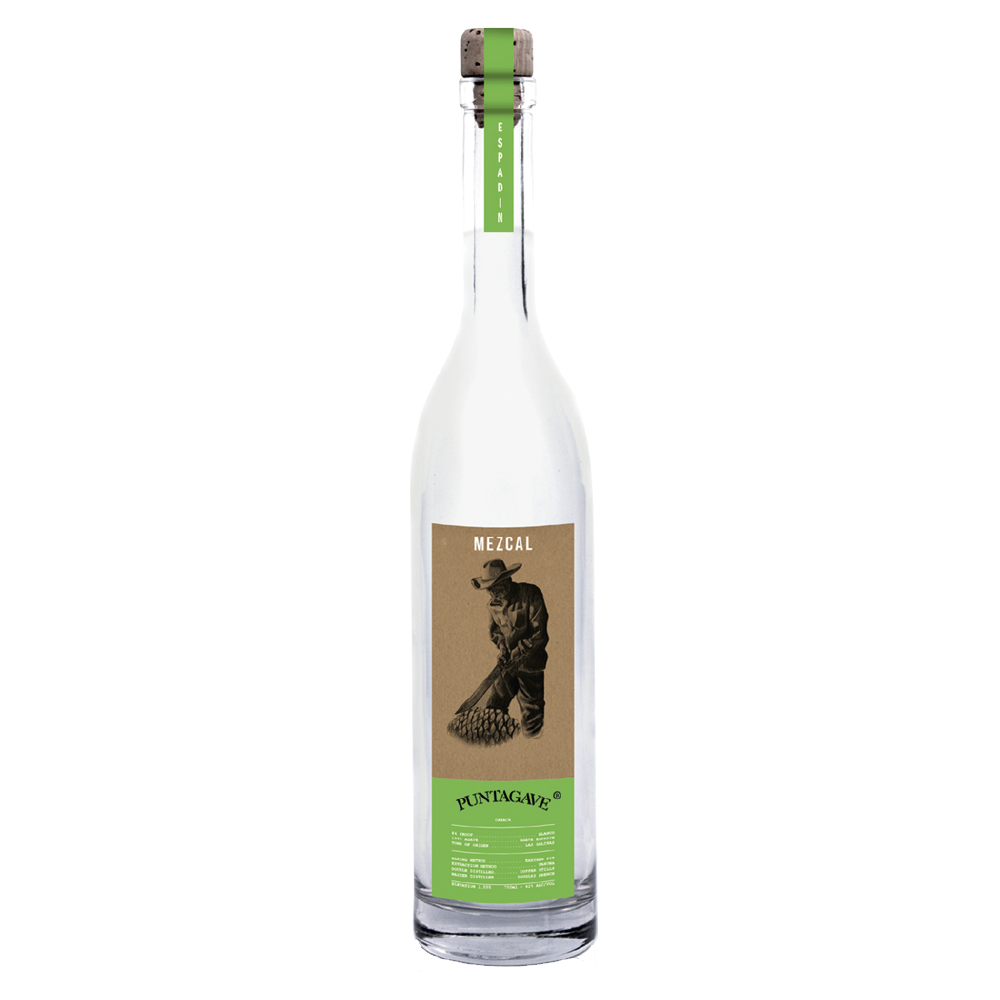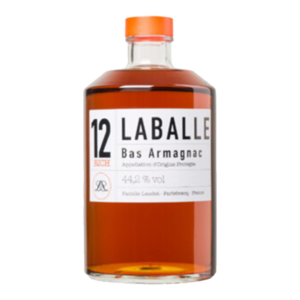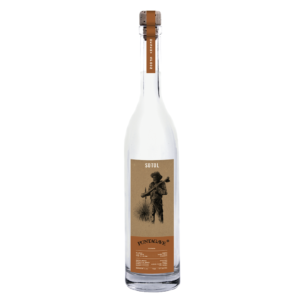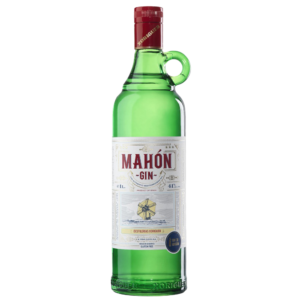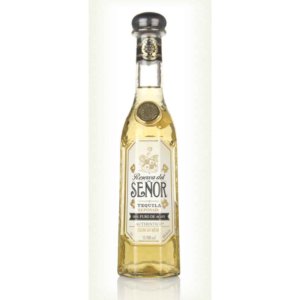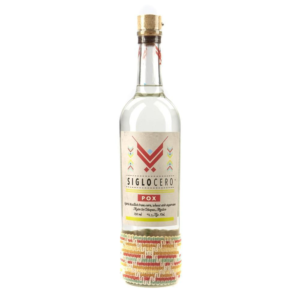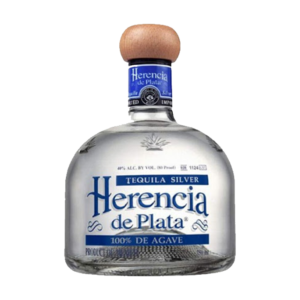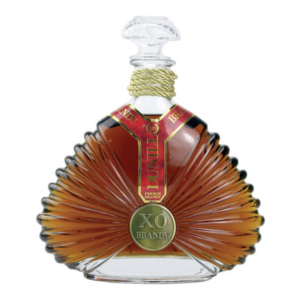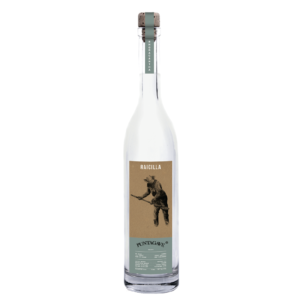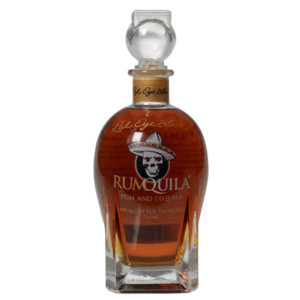“Puntagave Rustico controlled denominations are a departure from the “business as usual” tequila concept because it delivers “complexity of character.” It does it by featuring a variety of appellations highlighting agave flavors. These esoteric spirits are from different altitudes and micro-climates throughout Mexico and just like wine, these agave distillates are a result of weather and terroir. What does this mean? What it means is that PUNTAGAVE will demonstrate by different taste profiles and aromas that “terroir” exist in agave, the same way the wine industry has demonstrated it exist in grapes.
The most unique characteristic about PUNTAGAVE RUSTICO is that it delivers “complexity of character” rather than the “consistency of characters” possess by PUNTAGAVE ARTISANAL. Every controlled denomination of PUNTAGAVE RUSTICO is a unique product of an specific origin, micro-climate, time, and method of production. it’s truly special, “It shifts, it moves, it’s a profound and unique experience. when tasted side by side, “priceless”.
Most consumers, agave is best known in the form of tequila — essentially a more industrialized form of mezcal, localized in a few specific appellations of Mexico (though, of course, there is artisan, terroir-driven tequila, just not much of it.
Puntagave Rustico Mezcal is produced using a more ancient form of distillation that has retained deep ties to indigenous cultures across the country. Most traditional Mezcals are made from Agave Espadin like ours. Mezcal traditionally has a unique, smoky flavor that makes it fairly easy to distinguish from tequila. It also tends to taste sweeter, richer, and smoke-filled than tequila.
The biggest difference between tequila and mezcal is that when tequila is made, the agave head is baked mainly in autoclaves or in an above-ground oven. PUNTAGAVE Mezcal follows the traditional method of using underground pits. A fire is started and burns for about 24 hours to heat the volcanic stones that line the pit. The agave heads are put into the pit and then covered with moist fiber that is left over from the fermentation process. A layer of agave leaves or woven palm leaves cover the fibers and the agave heads are left to cook two to three days.”
Tasting Notes:
Moderate oak & sweet agave with complex aromas of fresh green vegetables and touches of pepper. Long viscous finish with lasting oak and notes of cedar.
